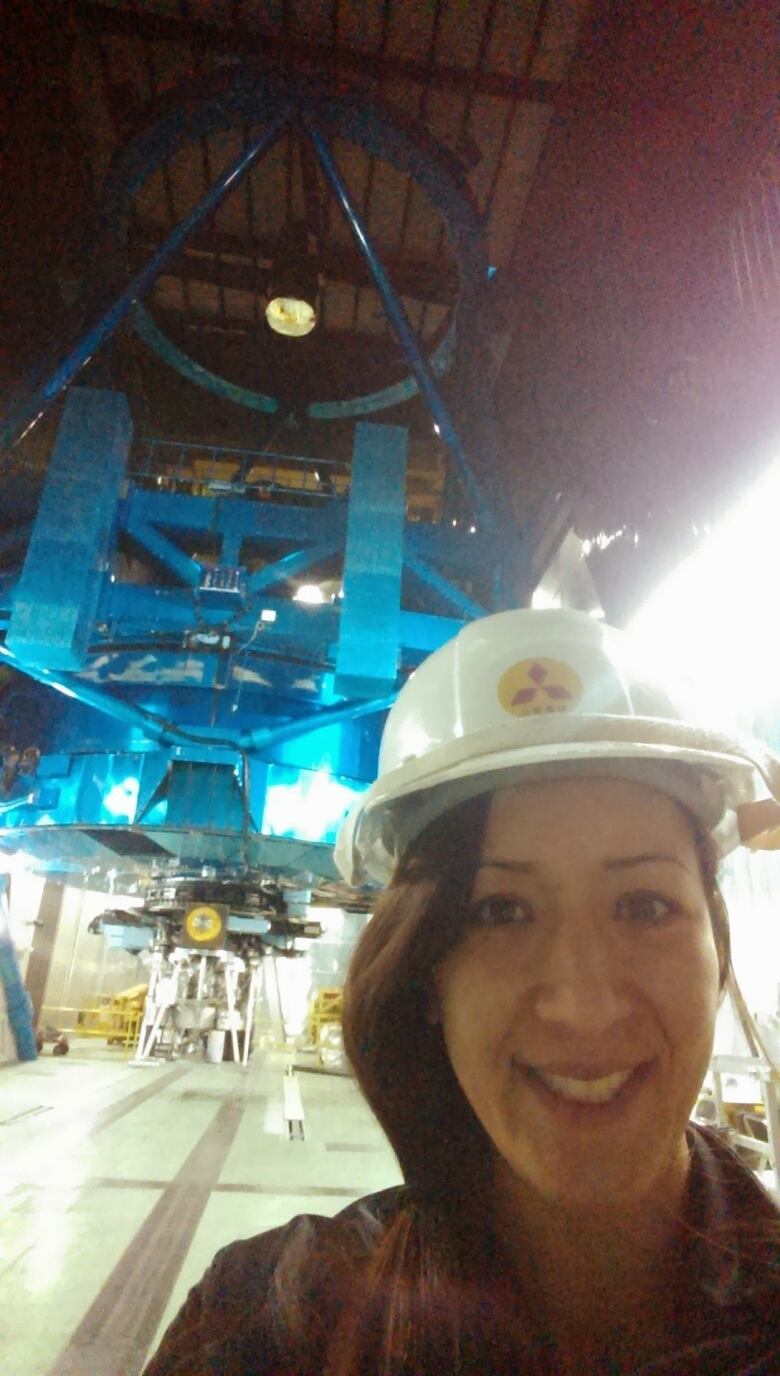Exoplanet weather detected by Canadian astronomers
Gas giants are too far away to see, but you can still detect clouds, wind

Far beyond our solar system, there are giant planets where the sky is always cloudy at sunrise and if you're standing at the right longitude, sunrise lasts all day and all night.
The planets are too far away and dim to see, even with a telescope a few hundred light years to thousands of light years away.

But their weather patterns could still be detected by a team of Canadian astronomers using data from NASA's planet-hunting Kepler Space Telescope. The telescope detects minuscule changes in the intensity of light coming from a star and planets near it.
Using that data, Esteves, a PhD student in astronomy at the University of Toronto, and her collaborators were able to get information about the weather on six giant planets, ranging in size from half the mass of Jupiter to about double the mass of Jupiter.
That's a "good start" to finding out what the planets look like, given that we can't directly see them, Esteves added in an interview with CBC News.
Unlike Jupiter, all six of the planets studied by the researchers orbit extremely close to their stars, completing an orbit under six Earth days. Because they are so close, they are "tidally locked" to their star the way the moon is to Earth that is, they rotate in such a way that same side always faces the star in perpetual daylight. The other side always faces away from the star, the way the dark side of the moon always faces away from Earth.
The researchers found that clouds tended to gather at the edge of the shadow between the dark and light side of four of the planets.
On two others, which were hotter, it appeared that strong winds were blowing the heat toward the evening side of the planet, making it unusually hot on that side.
Heat and reflection
The researchers figured that out by looking at the changes in the combined brightness of the planet and its star as the planet orbited. The star's brightness would have been constant over that time, so any changes would be due to the planet.
There are two things that can make a planet appear brighter:
- Heat the hotter the planet is, the brighter it appears.
- Reflection of starlight off the planet's surface or atmosphere.
Just as the moon goes from bright and full to a crescent to a dark, invisible new moon, depending on its position relative to the Earth and sun, distant planets also go through phases of different brightness, as viewed from Earth, as they orbit their star.

"We can't see them directly, but we can see how the side of the planet we see changes over time, and we can build up a map of what the surface is like," said Lisa Esteves, lead author of the study published recentlyin the Astrophysical Journal.
She worked on the project with Prof. Ray Jayawardhana and postdoctoral researcher Ernst de Mooij, who have now moved to York University and Queen's University in Belfast, respectively.
Typically, planets are expected to be brightest just before and after they pass behind their star, as viewed from Earth that's when the side facing Earth is almost fully lit, like a full moon.
But the four cooler planets were unusually bright before that, when their morning side was facing Earth. The researchers think the extra brightness is from the reflection of clouds that form on the cooler, night side of the planet and drift to the morning side. A 2013 study had previouslyreported detecting clouds on Kepler 7b, one of the planets in Esteves's study, using the Kepler and Spitzer space telescopes.
The two remaining planets in Esteves's study were above 2500 K the cutoff above whichclouds theoreticallycan't form. Those hotter planets were unusually bright on their evening side. The researchers think that's because they were unusually hot there, due to winds blowing from the part of the planet that is always in full daylight.












_(720p).jpg)


 OFFICIAL HD MUSIC VIDEO.jpg)
.jpg)



























































































